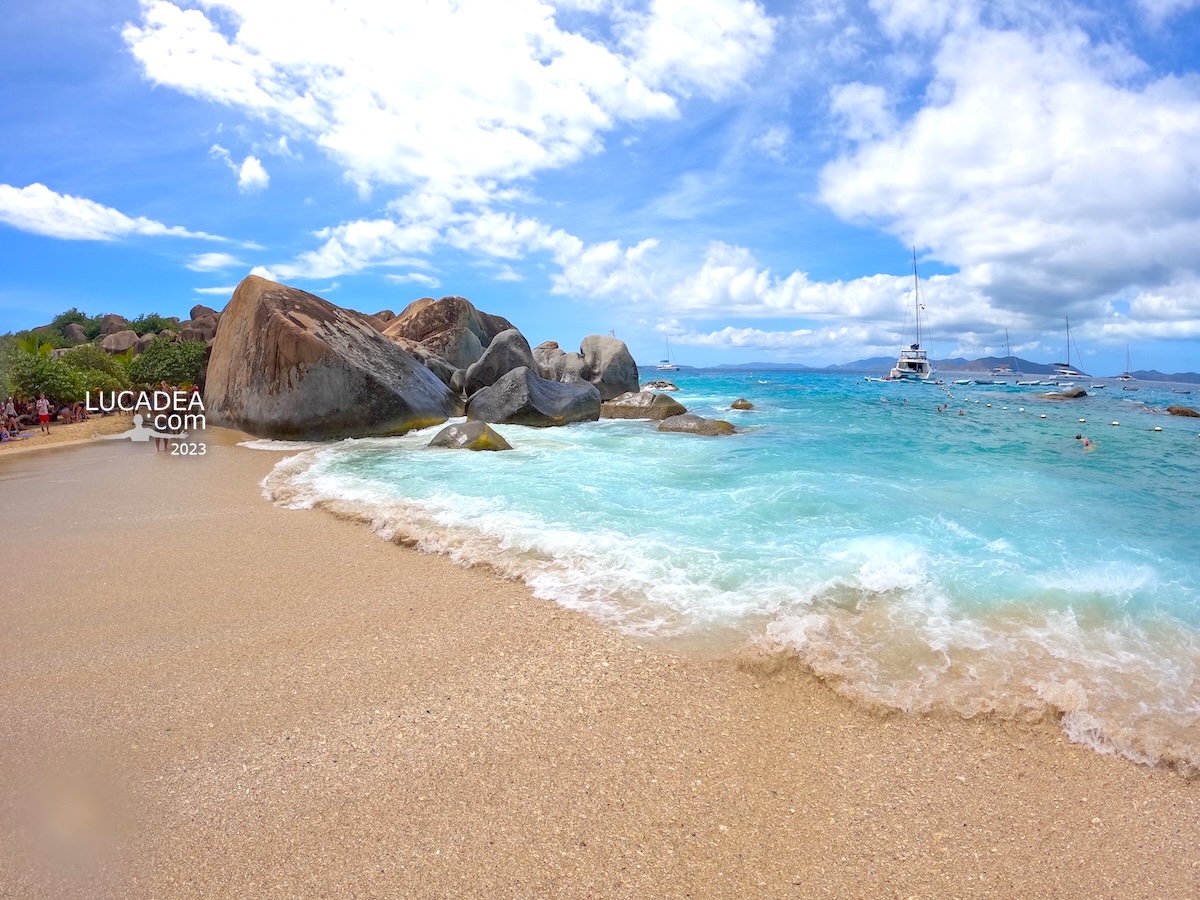The Banana-Pineapple, Monstera Deliciosa, in Funchal.
This fruit is one of the exotic delights of Funchal, Madeira. This unique fruit, also known as the “delicious fruit”, is famous for its flavor that resembles a cross between a banana and a pineapple.
The Monstera Deliciosa is characterized by a skin covered with hexagonal scales that fall off as the fruit ripens. Inside, the fruit is juicy and sweet, with a flavor that is reminiscent of both banana and pineapple.
In Funchal, the Monstera Deliciosa fruit is easily found at the Mercato dos Lavradores, where many vendors offer this exotic fruit. It is advisable to make sure the fruit is fully ripe before consuming it, as the skin must be falling off to be safe to eat.
The fruit can be enjoyed fresh, sliced, or used in sweet and savoury recipes. It is a great addition to smoothies, ice cream and even meat dishes to add a touch of exotic sweetness.
Monstera Deliciosa is not only appreciated for its flavor, but also for its beautiful green heart-shaped leaves, which are often used as ornamental plants in gardens and apartments.
Do you know this fruit?
Add your own comment or go to the bottom of the site to read what other visitors have written.
Photo taken with Canon EOS RP and lens Canon RF 24-50.
This plant can grow up to 20 meters in height and has very large leaves, 50 cm to 1 meter wide. Its aerial roots grow at the nodes. The name of the plant is due to the fruit, about 25 cm long and 4 cm in diameter, with a very sweet flavor (similar to pineapple), which resembles an ear of corn with hexagonal scales.
Continue and learn more on Wikipedia
The banana-pineapples, Monstera Delicious, in Funchal – Les bananes-ananas, Monstera Delicious, à Funchal – El plátano-piña, Monstera Delicious, en Funchal – A banana-ananás, Monstera Delicious, no Funchal – Die Bananen-Ananas, Monstera Delicious, in Funchal – Món chuối-dứa, Monstera Delicious, ở Funchal
The text of the post was written with the help of Copilot, a virtual assistant based on artificial intelligence.
References:
– https://www.fruitgourmet.it/2021/04/monstera-deliciosa-frutto/
– https://thisismadeiraisland.com/the-most-delicious-fruits-of-madeira/






















